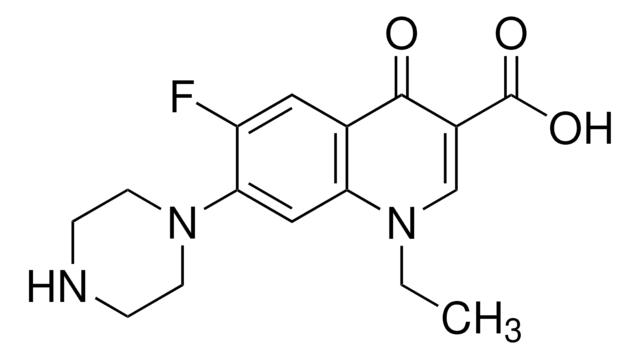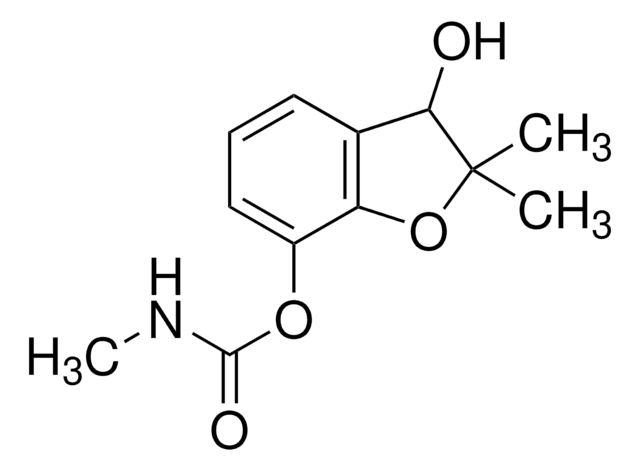C-12914
Human M1 Macrophages (hMDM-GMCSF(-))
Monocyte-derived, single donor, 1.5 million cryopreserved cells
Synonym(s):
hMDM-GMCSF(-) cells
Select a Size
Select a Size
About This Item
Recommended Products
biological source
human blood (monocyte)
packaging
pkg of 1,500,000 cells
morphology
(macrophages)
technique(s)
cell culture | mammalian: suitable
shipped in
dry ice
storage temp.
−196°C
1 of 4
This Item | WHA2630990 | WHA2626990 | WHA2628990 |
|---|---|---|---|
| detection method colorimetric | detection method colorimetric | detection method colorimetric | detection method colorimetric |
| feature pH Indicators, Integral Comparison Strip, 1.0 to 12.0 range | feature pH Indicators, Integral Comparison Strip, 8.0 to 9.7 range | feature pH Indicators, Integral Comparison Strip, 1.8 to 3.8 range | feature pH Indicators, Integral Comparison Strip, 5.2 to 6.8 range |
| packaging pkg of 200 ea | packaging pkg of 200 ea | packaging pkg of 200 ea | packaging pkg of 200 ea |
| manufacturer/tradename Whatman 2612-990 | manufacturer/tradename Whatman 2630-990, Whatman Article No. 28418930 (US reference) | manufacturer/tradename Whatman 2626-990, Whatman Article No. 28418926 (US reference) | manufacturer/tradename Whatman 2628-990, Whatman Article No. 28418928 (US reference) |
| W × L 11 mm × 100 mm | W × L 11 mm × 100 mm | W × L 11 mm × 100 mm | W × L 11 mm × 100 mm |
General description
Cell Line Origin
Application
Warning
Subculture Routine
Other Notes
Recommended products
Disclaimer
Storage Class
12 - Non Combustible Liquids
wgk_germany
WGK 2
flash_point_f
Not applicable
flash_point_c
Not applicable
Choose from one of the most recent versions:
Certificates of Analysis (COA)
It looks like we've run into a problem, but you can still download Certificates of Analysis from our Documents section.
If you need assistance, please contact Customer Support
Already Own This Product?
Find documentation for the products that you have recently purchased in the Document Library.
Our team of scientists has experience in all areas of research including Life Science, Material Science, Chemical Synthesis, Chromatography, Analytical and many others.
Contact Technical Service









